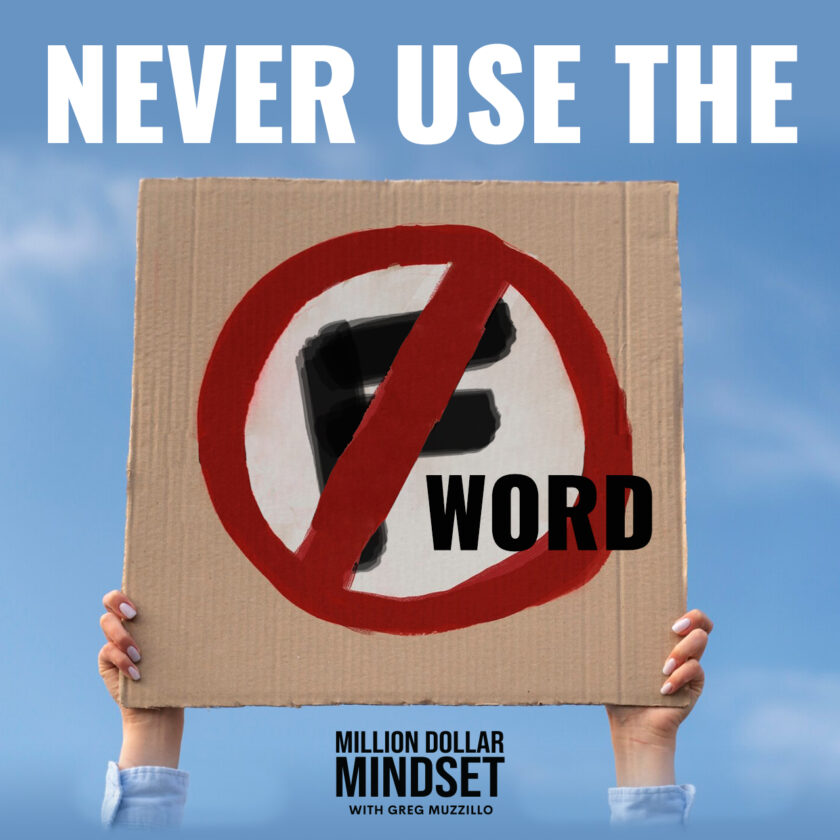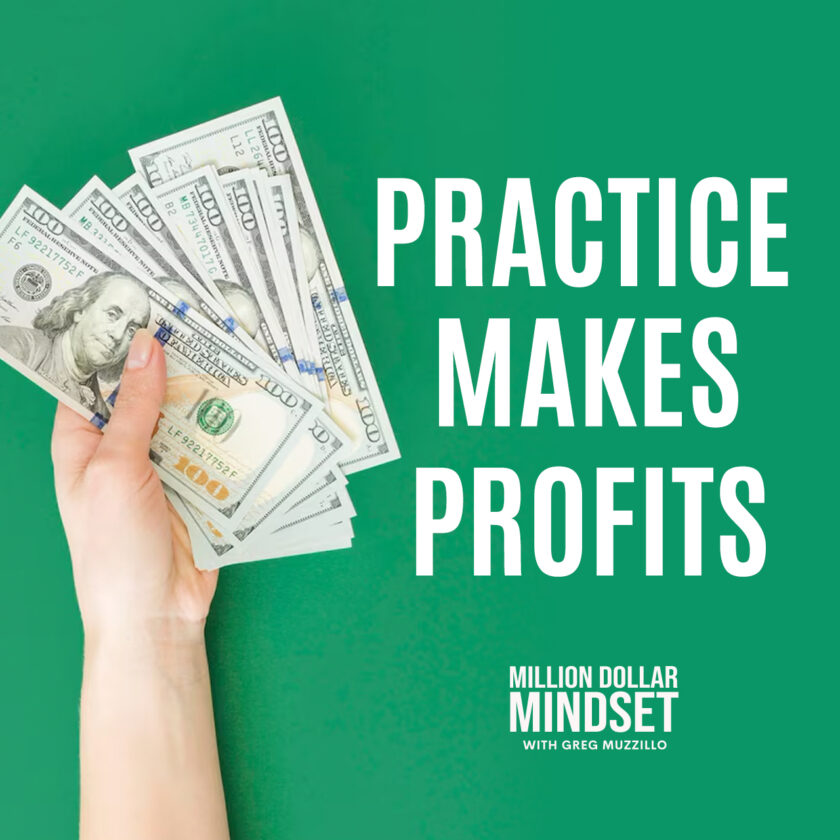The U.S. Census found a major shift in the most populous generations last year, when it declared baby boomers lost the title of the largest living generation. Pew Research Center determined millennials just have a slight edge on baby boomers, with 75.4 million and 74.9 million, respectively. While millennials have a big presence, Gen Xers are making ground, too, and expected to surpass the boomers in 2028.
How does this factor into your sales? As more and more Generation Xers and millennials enter purchasing positions, these numbers will begin to affect your sales efforts. What worked for the Silent or baby boomer generations may not work for Gen X or the millennial generation.
If you have a one-sales-pitch-fits-all approach, you may have a problem as baby boomers reach retirement age and the younger generations move into their purchasing positions, which many have done already. Times have changed. Younger generations don’t have the same business approaches as their parents and grandparents did, so you can’t necessarily approach these end-buyers the same as you have in the past.
How to Sell to Each Generation
With the majority of the Silent Generation in or entering retirement, most end-buyers fall in three generations: baby boomer, X and millennial. Baby boomers typically are defined as those born between 1946 and 1964 and ages 52 to 70 this year. Gen Xers are as young as 36, having been born between 1965 and 1980, while millennials range from age 19 to 35 since they were born between 1981 and 1997. But the lines of how to sell to them are sometimes more fluid. The basics remain the same, and the relationship building remains key, Madison Conradis, marketing director for Your Logo by Geiger, Melbourne, Fla., said.
Baby Boomers
For this group of end-buyers, distributors likely will need to build a relationship the “old-school way,” Conradis said.
“Unlike younger generations, baby boomers typically like face-to-face communication and having someone stop by their office,” she said. “They typically have trouble with webinars and virtual presentations. Bringing by samples of products they can physically touch, feel and ask questions on will be the most beneficial way to reach this generation. This generation is also one of the only reasons I keep a few catalogs in stock.”
Generation Xers
As you interact with a slightly younger demographic, you can begin to incorporate more technology as the majority are regular smartphone and social media users.
“They have been said to be stuck in the middle of generations or the ‘Forgotten Generation,’” Conradis said. “A strategy I would suggest would be to combine traditional and new sales methods. One item to note, the baby boomers were just as confused and interested in figuring out Gen X, as Gen X is now doing for the millennial generation.”
Millennials
Millennials seem to be the most perplexing generation as technology has rapidly evolved in their lifetimes. Your sales approach with younger end-buyers could be drastically different and possibly out of your comfort zone, but well worth the effort. Instead of calling or showing up at their offices, email is their preferred method of communication.
“Email correspondence leaves a paper trail and allows all parties to be able to work on other things while awaiting an answer,” Conradis said. “Given that millennials are notorious for working on multiple items at once, do not just pop in unexpected. Dropping off a gift or sample to secretary is fine, but do not try to show up unexpected and get face time with a young professional.”
If you do happen to schedule face time with a millennial, keep it short. Millennials have fast-paced lives, and don’t have time to sit through lengthy meetings or presentations.
“No need for an over the top, drawn out, PowerPoint presentation,” Conradis said. “They aren’t called the ‘Google Generation’ for nothing! Short and sweet presentations will make young buyers happy. They will do the research on their own time and get back with you with their buying decision.”
But do keep your interactions visual with virtual samples, spec samples, storyboards and custom websites being some useful tools, Conradis said.
“If a Millennial sees your service as valuable, you will earn yourself a long-time, loyal buyer,” she said.
Age Isn’t Everything
While a client’s age will help you to predict what sales approach will work best, it’s only a starting point.
“At the end of the day, it’s important to listen and be aware of each client’s wants,” Conradis said. “No matter the generation, each client is different. I think it’s important to feel each individual client out, learn what they like, how they want to communicate with their vendors and how they like to do business. This will enable you to mold into what they want in a vendor. Possibly start certain sales approaches on an end-buyer’s generation status, but cater it to their individual needs.”
Mitch Emoff, executive vice president of Goldner Associates, Nashville, Tenn., noted all generations can see the usefulness of a promotional product, but each may have a different opinion on what makes them effective.
“Boomers like status. Gen Xers like quality. Millennials like both,” he said. “So, for millennials, it often has to be a name brand with quality, like Yeti.”
But sometimes you may be double-teamed with multiple generations present in a given sales meeting. Emoff cited how he and his team handled such a situation recently.
“Me and another boomer pitched a Silent Generation customer with a millennial, who was the actual main buyer,” he said. “It was a challenge to go fast enough for the millennial and slow enough for the Silent Gen at the same time, so we paused a lot to see if there were questions. We also focused on value, not just price or features. This is pretty much a common denominator for all generations.”
Who’s Online?
You probably have heard it before. You must have a website, and it must be mobile-friendly. “To say a distributor’s website is important is an understatement,” Conradis said. “It’s imperative to stay on top of your competition. … Many millennials start their shopping experience online, even on a smartphone.”
But it’s not just millennials—all generations have started to look to the web, Emoff said.
“Where Boomers want easy-to-use websites with lots of logical drilldowns full of instructions, the younger sets are fine with open space and intuitive searching.”
And as millennials continue to outgrow other generations, your online presence will become more and more important to your business, as your website can host a lot more than just the products you’re selling.
“Once a distributor has an updated, user-friendly website, ways to improve the online presence is not only blogging but to also add user generated content (UGC),” Conradis said. “Blogging and content is how end-users will find your website. As far as UGC, millennials trust strangers more than claims from the brand, and UGC influences what they buy.”
What to Expect from the Next Generation
While those coming up after millennials haven’t been given an official name, they are sometimes referred to as “Generation Z.” Even though they are just beginning to graduate from high school, it won’t be long until they are end-buyers and a whole new generation to which you need to learn how to sell.
“Gen Z will most likely be millennial on steroids,” Conradis said. “They will be that much more tech savvy, given they grew up with that much more technology. I also have a feeling they are going to want items that much faster. We live in a time where consumers expect immediate gratification. I do not think this will change anytime soon.”
“Millennials have a throwback side,” Emoff, the father of two millennials as well as a Gen Z child, added. “They can remember their parents’ classic rock and even a time before technology. Gen Z doesn’t know how to unplug. It’s indigenous to their existence. Gen Z will probably never pick up and call, so learn to dance to their music or you may not ever connect with them in the marketplace.”



